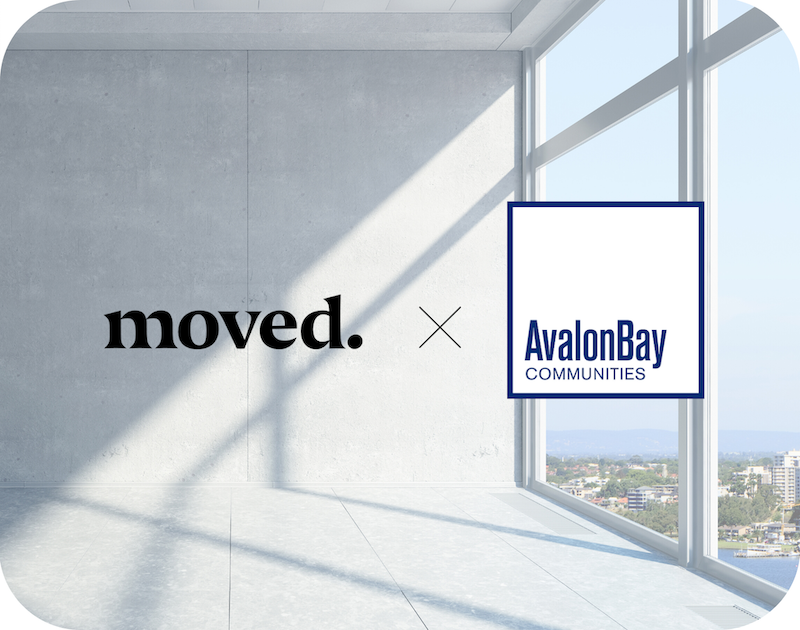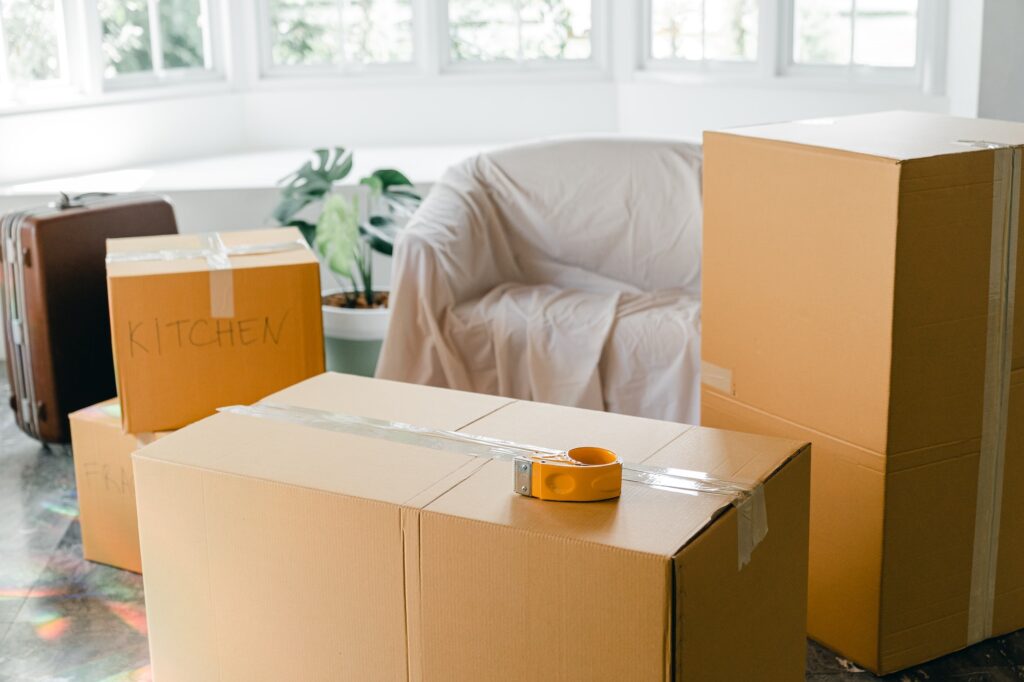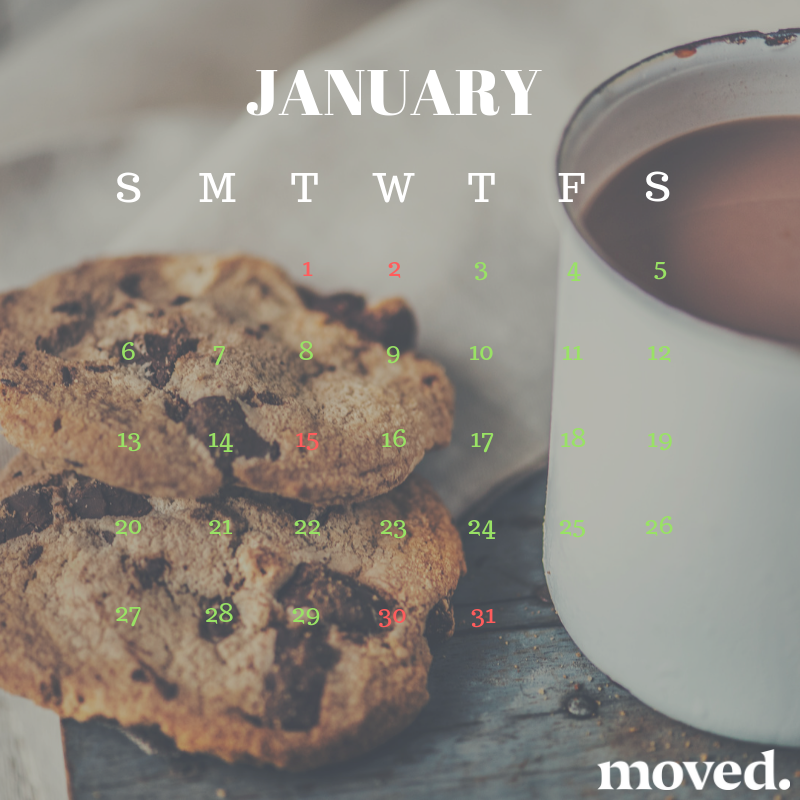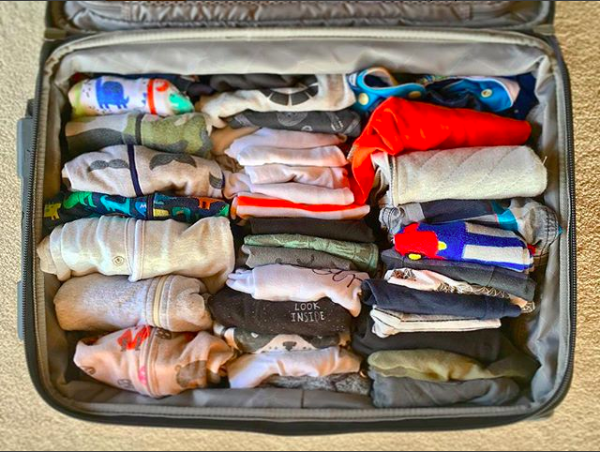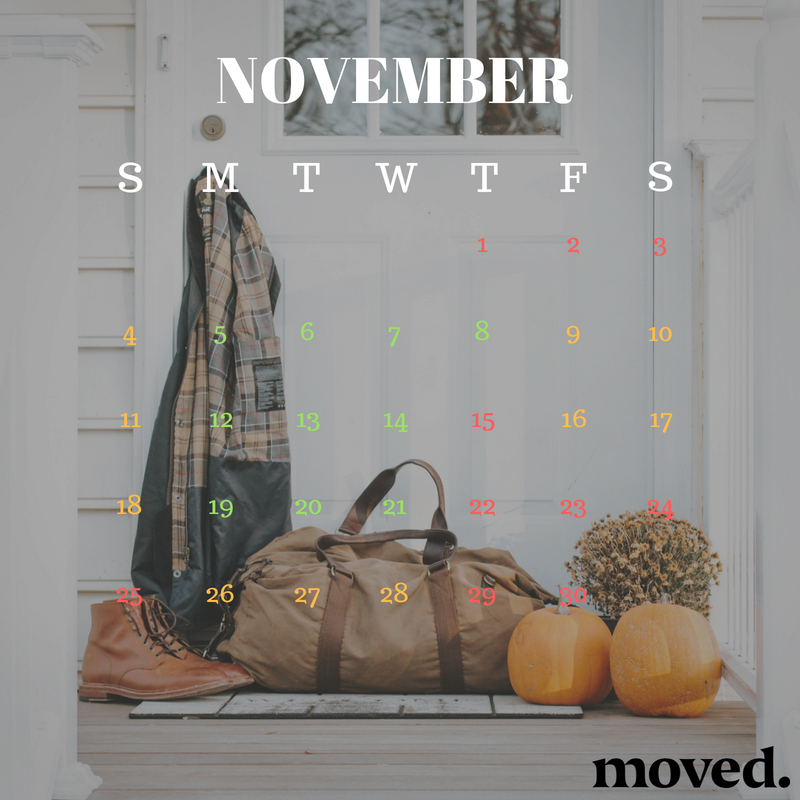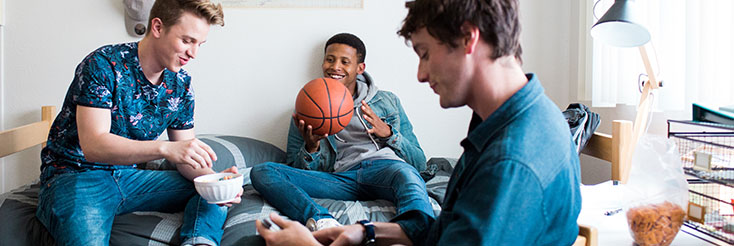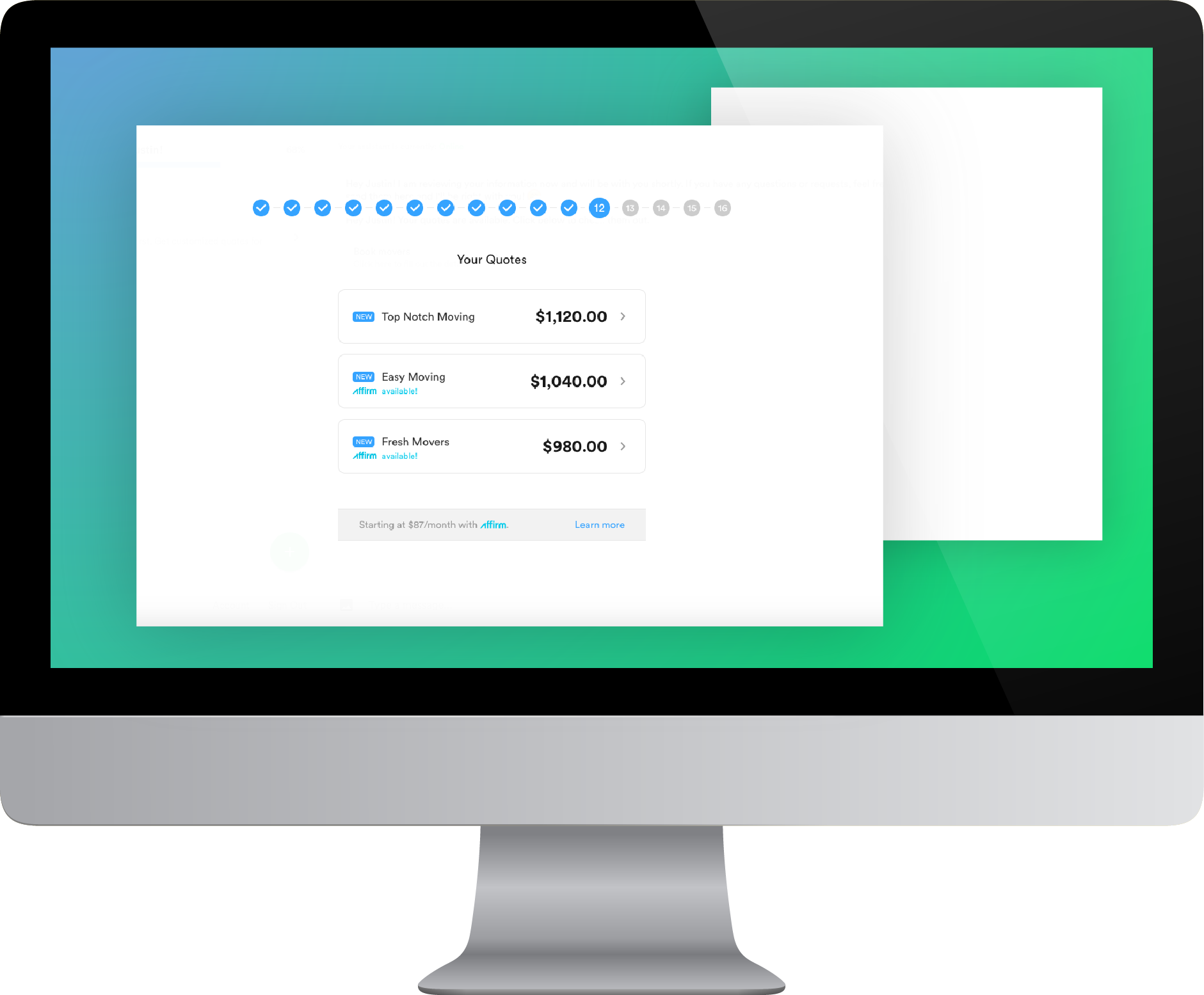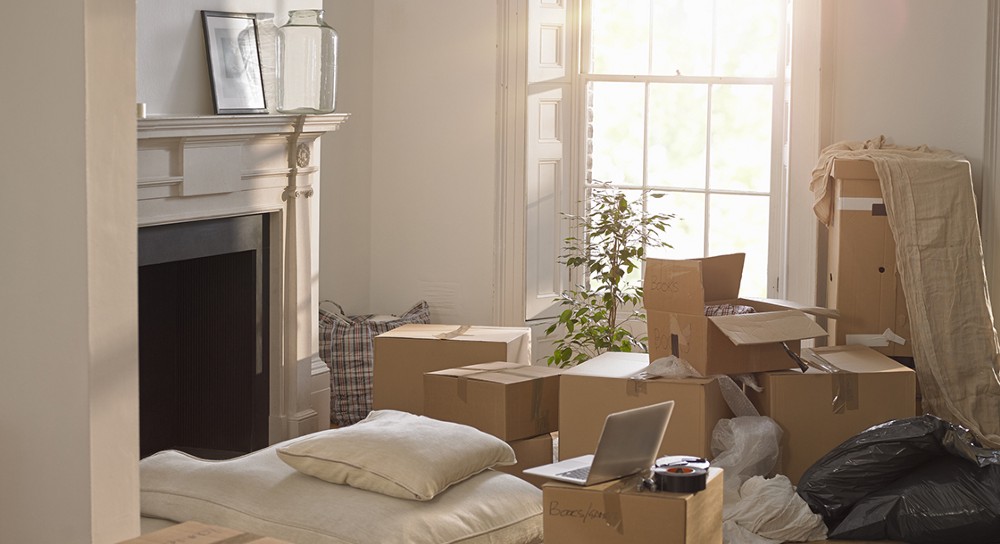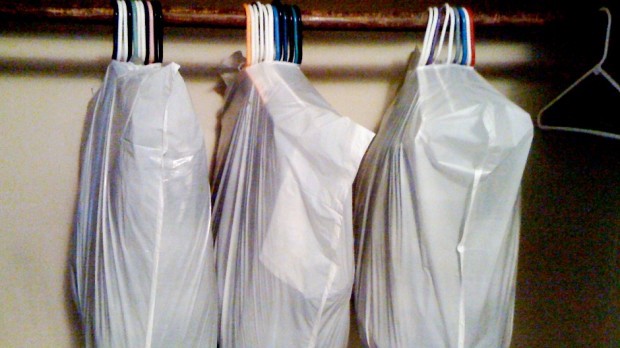Moving to a new apartment can be an exciting adventure, but let’s face it, the process of actually moving is often anything but fun. Between packing, coordinating movers, and trying to stay organized, it’s easy to feel overwhelmed. But fear not! We’ve got you covered with this ultimate moving guide, packed with tips and tricks to make your move a breeze. Plus, we’ll introduce you to Moved, your new best friend, in coordinating your move and booking reliable movers. So grab a cup of coffee, put on your favorite playlist, and let’s dive in!
–Start Early and Plan Ahead: Moving requires careful planning and organization. Begin by creating a detailed timeline and checklist to stay on top of tasks. Start at least 8 weeks before your move-in date to allow ample time for preparation.
–Budget and Finances: Determine your moving budget and factor in costs such as security deposits, moving company fees, packing supplies, and any utility connection charges. It’s crucial to have a financial plan in place to avoid any last-minute surprises.
–Research the Neighborhood: Familiarize yourself with the new neighborhood before you move in. Research local amenities, nearby schools, hospitals, grocery stores, public transportation options, and recreational facilities. This knowledge will help you settle in more quickly and comfortably.
–Notify Important Parties: Notify your current landlord about your move-out date and start the process of ending your lease. Inform your utility providers, cable/internet companies, and postal service about your change of address. Leaving a building that uses Moved? You’re in luck! Moved will help coordinate all the move-out details through your resident portal.
–Declutter and Organize: Moving is the perfect opportunity to declutter and streamline your belongings. Sort your items into categories (keep, donate, sell, discard) and decide what you truly need in your new space. Hold a garage sale or sell items online to lighten your load and make some extra cash.
–Packing Strategies: Start packing early, beginning with non-essential items. Invest in quality packing supplies such as sturdy boxes, bubble wrap, packing tape, and markers. Label each box with its contents and the room it belongs to. Create an inventory list to keep track of everything.
–Change of Address: Update your address with the post office at least a week before your move. Notify your family, friends, and important contacts about your new address to ensure uninterrupted communication.
–Hiring a Moving Company: If you choose to hire professional movers, research reputable companies in your area or have Moved to help you coordinate your movers! Moved can help you get quotes from multiple providers, read reviews, and compare services offered. Book your movers well in advance to secure your desired moving date.
–Packing Essentials Box: Prepare a box of essentials that you’ll need on moving day and the first few days in your new apartment. Include items like toiletries, medications, a change of clothes, bed linens, basic kitchen supplies, and important documents. Keep this box separate and easily accessible.
–Protect Your Belongings and Your Peace of Mind: While moving into a new apartment is an exciting time, it’s crucial not to overlook the importance of insurance. Accidents happen, and having the right insurance coverage will ensure that your belongings are protected in case of unforeseen events. If you are a resident of a Moved building, you can view insurance options in your portal.
–Preparing for Moving Day: Ensure all your belongings are packed and ready to go before the moving day. Defrost and clean your refrigerator, disconnect appliances, and disassemble furniture if necessary. Take pictures of the setup of any electronic devices for reference during reassembly.
–Final Walkthrough: Perform a final walkthrough of your current apartment to ensure it’s clean and in good condition. Take photographs as evidence of its condition when you vacate. Return keys and settle any outstanding payments or obligations with your landlord.
Moving into a new apartment doesn’t have to be a stress-inducing nightmare. By following these tips and enlisting the help of Moved, you’ll be well on your way to a smooth and hassle-free move. Remember, organization, decluttering, and a little bit of humor can go a long way!



